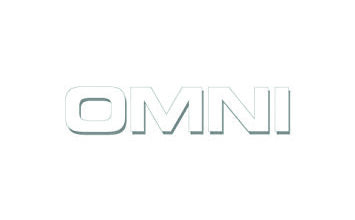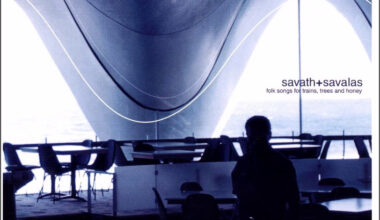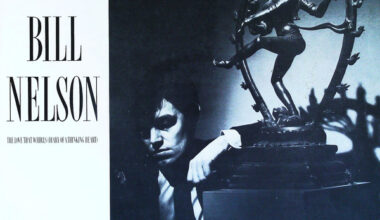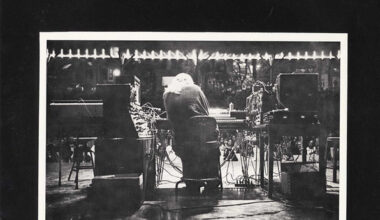X marks the spot when it comes to unearthing lost gems from the hidden chest of electronic music past. This month, we dig up ‘Sequencer’, Synergy’s seminal late 1970s album

‘Sequencer’, the second album from Larry Fast’s Synergy project, was released in 1976. The original cover was a prog horror story, a Dali-esque dreamscape image of an arid desert, ornangely lifeless bar a couple of seed pods, one of which has cracked open to reveal an orchid-type flower. However, some smart cookie at Sire Records realised that austere machine love was the way to go to promote the record in the UK and stuck a picture of a cool looking on/off switch on a burnished aluminium panel on the sleeve, part HAL from ‘2001 A Space Odyssey’, part synth porn. It sent out all the correct messages about the nowness of electronic music in the post-Kraftwerk age (post-‘Autobahn’ and ‘Radioactivity’, but pre-’Trans Europe Express’).
This tale of two covers neatly sums up the dichotomy at the heart of ‘Sequencer’. The album skates on the thin ice of the “What would Mozart do if he’d had synthesisers?” question that was asked so often in the 1970s. But while it takes its lead from the likes of Wendy Carlos’ Mozart/Moog sets and Yes’ movement-laden rock epics, it has a pop sensibility and often fuses strangely quite pretty yet futurist segments with its impersonations of trilling harpsichords.
What really makes ‘Sequencer’ a worthwhile addition to your electronic listening is Larry Fast’s commitment to the machines themselves and their potential for creating new kinds of noises. Fast had several powerful signature sounds, notably rolled out for the lead melody on the cover of Mason Williams’ ‘Classical Gas’, a piece put together as a demonstration of finger picking guitar skills, transposed to electronics and made extra flashy in the process. Even the stab at Dvorjak’s ‘New World Symphony’ (that’s the Hovis bread advert music to any Brit born before 1980) boasts some disturbing electronic undertones, detuned oscillators subtly introducing some unsettling howls into the track.
But it’s ‘Sequence 14’, the album closer, that’s most interesting. It features sections of alarming electronic experimentations, far more in the tune with Wendy Carlos’ ‘Timesteps’ from the ‘Clockwork Orange’ soundtrack. Using the synthesisers’ abilities to self-oscillate and sequence, it builds into an explosive climax of hissing and whining that sounds like the aftermath of a UFO crash, and then gradually moves into a nightmarish soundscape from a cannon of an almost nursery rhyme-like melody.
Larry Fast was also involved in the development of the Polymoog, and the press launch of ‘Sequencer’ in New York in May 1976 was combined with the announcement of Moog’s new polyphonic beast. Fast took a call from producer Bob Ezrin at the event, inviting him to work on Peter Gabriel’s first solo album. His synth smarts aided Gabriel’s transition from prog frontman to electronic pop star and beyond, and the pair went on to work together for more than decade.





